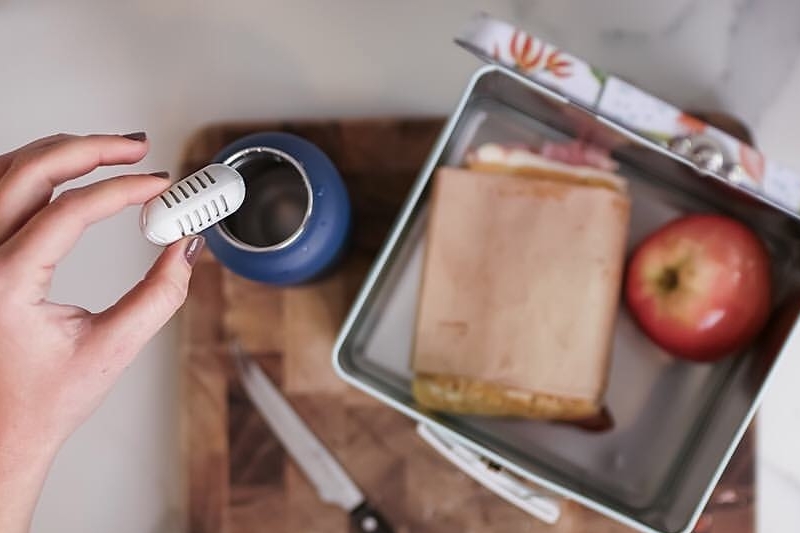There’s rocket fuel in your water, and not in a good way.
You’ve done your part to make wasteful plastic bottles extinct by investing in a reusable water carrier. Cheers to that. But by this time, you’ve realized no matter how environmentally savvy it is to use a reusable bottle, half the battle is putting good, clean water into it.
GoPure, a thumb-sized purifier pod made by distribution company Bloc Enterprises (which focuses on innovative consumer healthcare products), promises to complete the second half of that sustainable equation.
The approach is beautifully simple: one reusable pod that lasts up to six months without any filter change, treats up to 264 gallons of water, and can be recycled at the end of its lifespan (made possible by its outer polypropylene capsule).
That’s more than 2,000 single-use plastic water bottles per GoPure filter. It’s worth putting on your resume: keeps 2,000 plastic bottles out landfills and the ocean.

It’s great that sustainability has become so cool, but now thanks to innovations like GoPure, it’s being packed with supersmarts that make green solutions hi-tech. For instance, GoPure’s real power comes from its PuriBloc heart, which is an advanced, highly porous ceramic that absorbs chemical and inorganic impurities, while balancing pH levels to remineralize and alkalize the water.
It’s disturbing enough filling your reusable water bottle from the slobbery airport spout, but a whole other nightmare thinking about the potential pesticides and contaminants that could be in any water source. That includes the most dangerous ones commonly found in tap water like Chlorine, Fluoride, Arsenic Chromium, Lead, and Mercury (which GoPure rids). Yum.
“Not only are disturbing amounts of pharmaceuticals found in the nation’s water supplies; but pesticides and herbicides from farming use, contaminants from fracking, industrial wastes, and even rocket fuel can also be found,” says PuriBloc Advisor Professor Ronald Russell, M.A., Ph.D.

Russell adds that much of the tap water in the U.S. is susceptible to these types of pollution, and even the municipal water treatment processes in place cannot always clean them up.
Yeah, the taste of healthy water is better too.
Just drop the GoPure pod into your water container and let it do the muscle work. That means any three-liters-or-less reusable bottle, including a hydration pack, coffee maker, even pet drinking bowl.
Bonne agua-tea.
Photos courtesy GoPure


